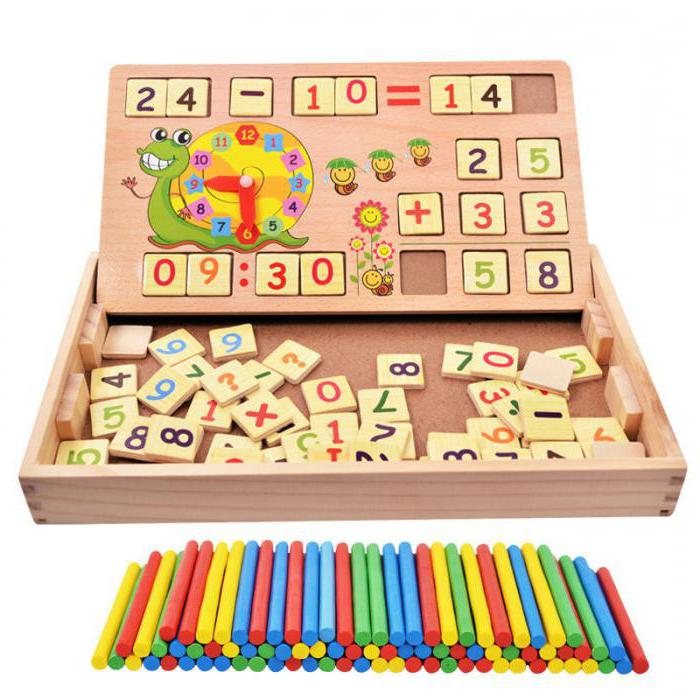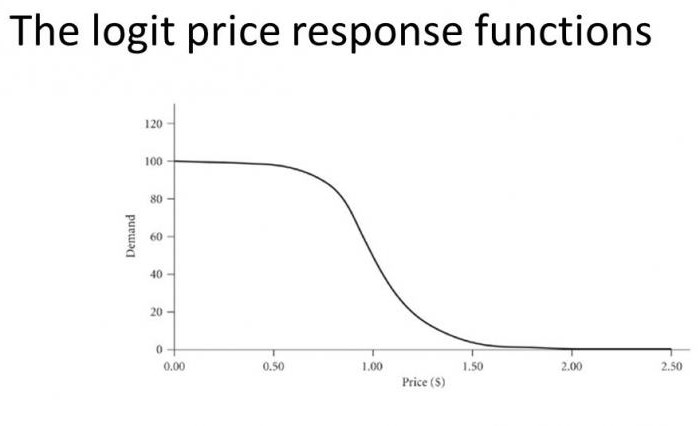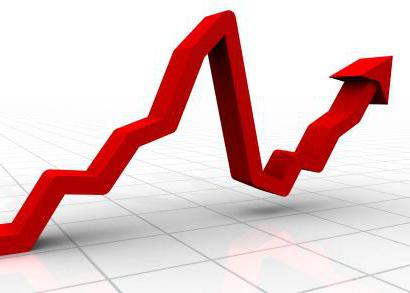What is the price, everyone is well aware, but in this matter there are many subtleties and nuances. About them will be described in this article.
Price concept
Price is the concept that we have encountered throughout our lives. However, it has entered everyday practice not so long ago. Unlike value, price is directly related to monetary relations. In the modern economy, it performs various functions and has a large number of varieties (types and functions of prices).
Pricing
There are various definitions of this term. The simplest concept is as follows: price is the amount of money that the seller requires for his products. This concept reflects the essence of commodity-money relations, but from an economic point of view it is clearly not enough.
In a general sense, price is the value of production expressed in the form of money. And indeed, not all relations between the seller and the buyer are cash. Another option is also possible, for example, when one type of product is exchanged for another. In these cases, they speak not of price, but of the commodity value of the products, although in everyday life value and price are considered equivalent concepts.
Pricing
Price is important not only in terms of a quantitative measure of value, but also as an indicator of prestige and product quality. It is generally believed that the higher the price of a product of the same category, the better or more popular it is among the population. Although this is not always the case, on the whole, this view justifies itself.
Pricing is one of the priority areas in economic practice. Setting optimal prices for their products allows the company to earn more profit. Too high a price can scare off buyers, and an excessively low price can cause a shortage of income.
How did the concept of price come about?
The first mention of price appears in the works of Aristotle in the IV century BC. He understood it as a category of exchange of goods of production. Later, in the works of Thomas Aquinas, the price was understood as the possibility of cost recovery in the production process.
In general, the "price" is a fairly ancient concept. According to historians, its appearance was directly related to the emergence of a prototype of current money. The emergence of money was caused by the social division of labor. In fact, it was not money yet, but common and sought-after “popular” goods that most often participated in the exchange. In Greece, these were cattle, in Russia - wild animals' fur, in other countries they were salt, tea, etc. These products performed the function of an equivalent - a way of measuring the value of goods.
The advent of money
With the development of international trade, the need for a universal equivalent of value arose, which led to the emergence of money. Initially, gold was used for their manufacture, which optimally suited this role.
Price and the capitalist system
Price as a monetary measure of value becomes the dominant concept in the capitalist system. It is determined for almost all products. Price becomes not only a subject of trade, but also a monetary expression of the value of labor.
The price becomes a measure of profit assessment, which is defined as the difference between the revenue of goods sold and the cost of its production.
Price features
There are several functions of the market price that it performs in the consumer market: accounting, stimulating, distribution, balance sheet and the function of rational distribution of production. It is hard to say which price function is more important. Each of them has its own meaning.The first 2 price functions can be considered as independent variables, while the rest are dependent.

The accounting function of the market price allows you to compare completely different economic entities in terms of their value expression. For example, compare the salary of an accountant of an enterprise with the cost of a unit of products produced on it. This allows you to easily carry out financial calculations.

The stimulating function of prices makes it possible to regulate prices based on goals. So, for example, in Western countries they provide financial incentives for the development of renewable energy sources, which so far cannot fully reach the level of self-sufficiency. Incentive measures include benefits, subsidies, taxes, investments, tariffs, duties, government injections, loans, etc.

The distribution function of prices is to distribute funds between different areas of economic activity. The main role is played by the state. For example, the artificial establishment of high prices for tobacco and alcohol, which in any case are bought, leads to an increase in revenue from the sale of these products, a significant part of which is directed by the state to support unprofitable but necessary for the population production.

The balance function of the price is closely intertwined with the stimulating and distribution functions. Through sound financial regulation, an optimal balance of prices and costs is established, which avoids unnecessary bankruptcies and super-profits.
The function of rational allocation of production is that through the use of a pricing mechanism, the producer of the product is aware of which segment of the economy makes the most profit. Such information allows you to direct capital to those industries that can give higher profits. All this is done directly by decision of the manufacturer. The decision-making process takes into account factors such as the demand function. Prices will be determined by the level of competition and the magnitude of demand.
There are other price functions (for example, social, commensurate), but they play a lesser role in economic activity.
Varieties of prices
In addition to such a concept as the function of price, in modern economic practice they are also divided into varieties. Moreover, any price categories do not exist separately, but are interconnected with each other.

1. By the scale of turnover, prices are divided into wholesale and retail. Wholesale prices govern the flow of large quantities of goods. Usually they are used by a manufacturing company to supply its products to retail chains or other companies. As a rule, wholesale prices are much lower than retail prices and more transparent.

The retail price is the price at which goods are sold in stores and other public places. At this price, the buyer receives them. The name "retail" is due to the fact that goods are usually bought individually, or in small quantities.
2. According to the availability of regulation: regulated and spontaneous. In the first case, the state intervenes in the pricing process, providing price control. In the second - prices are regulated by the market, intermediaries and manufacturers. This pricing method is quite risky for the economy.
3. In terms of sustainability. According to this parameter, prices can be “solid”, “moving” and “moving”. In the first case, the prices set forth in the contracts do not change during the whole time the products are dispatched. Information about this is specifically stated in the document. The moving price is also prescribed in the contract. In this case, the maximum possible range of price fluctuations is indicated.
The moving price is determined at the time of the transaction and depends on various private causes and inflation. This price is very variable.Like other types of prices, it is also used in international trade.

- According to information coverage. Prices can be calculated and published. Settlements are dynamic and inconsistent from day to day. Published are indicated in price lists, price catalogs, reference books. They are very consistent.
- According to the method of pricing, they can be exchange, auction, and set during trading. Commodity exchanges set base prices for products such as grain, oil, metals and other goods. Specific prices may vary slightly from exchange prices. Auctions are held several times a year and aim to establish the maximum price level.
- Price including and excluding transportation costs. According to this criterion, all prices are divided into net prices and gross prices. The net price is the actual price on the store counter. Gross price is the initial value of the goods excluding transportation costs. These costs themselves are determined by the price of ex.
Price and cost
The cost of production and the real price in the store or on the market for goods vary significantly. The price is almost always higher than the cost. The exception is cases with subsidized production. So, the cost of electricity produced from renewable sources may be lower than the cost, and even become negative.
In other cases, which can be called typical, the difference between price and cost determines the profit of the company that produces and sells its products. If the cost price drops sharply, then this usually leads to lower prices. This situation has recently been typical for electronics, where the introduction of new technologies has led to a sharp decrease in the cost and prices of these products.
So, we examined the basic functions of the market price and their varieties. If you are interested in narrower issues, such as the dependence “product price - price function”, then you should turn to special literature. It can be reference or scientific literature. It will also help to answer such questions as fundamental demand, demand volume, demand price, demand function and other questions.